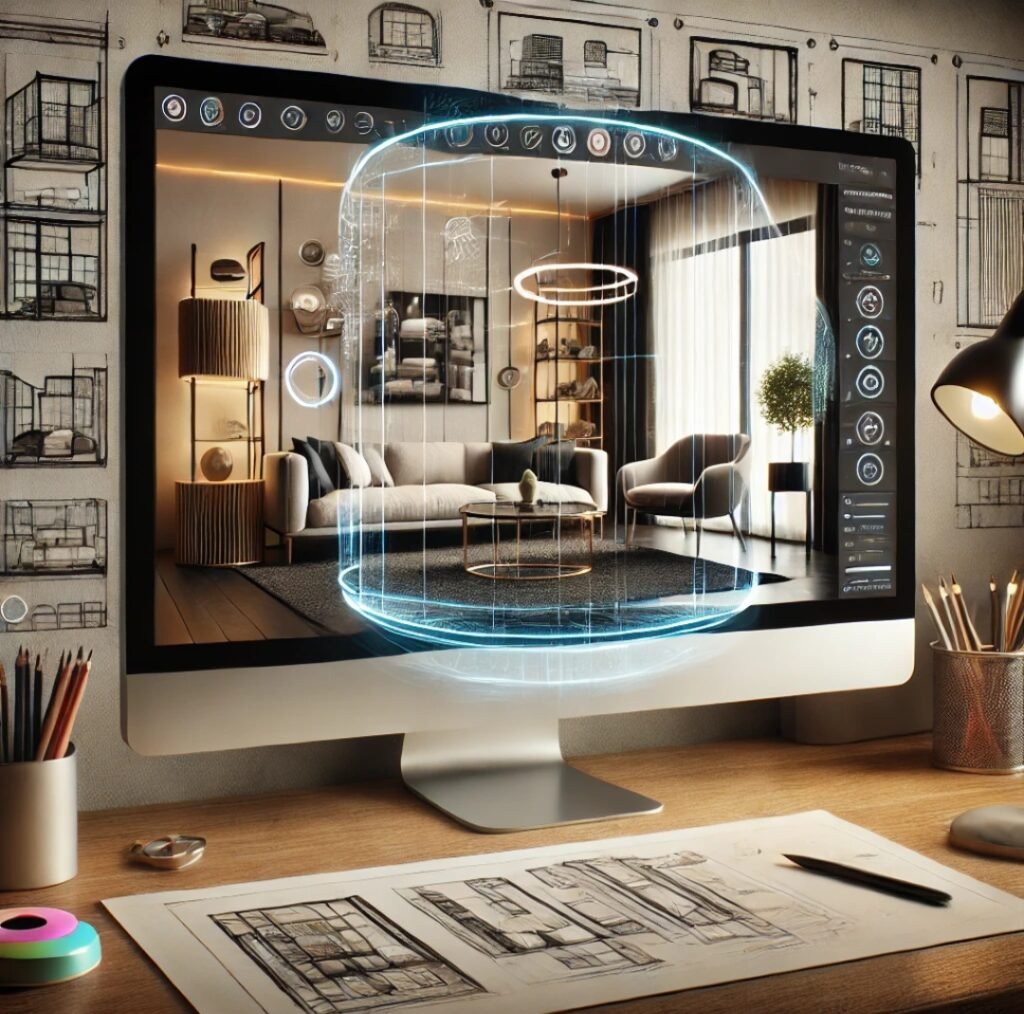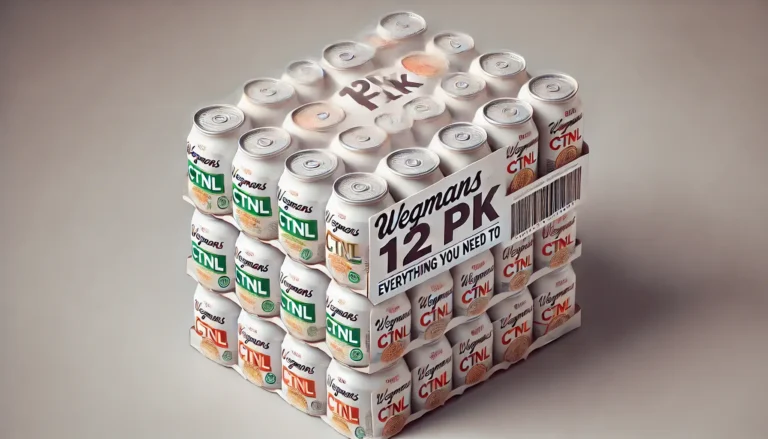
With the integration of 3D modeling, designers can create realistic, detailed models that enhance communication with clients and streamline the decision-making process. The article highlights the benefits of 3D modeling, such as improved visualization, design flexibility, and time savings. It also emphasizes current trends, including virtual and augmented reality, as well as photorealistic renderings, which make the design process more interactive and efficient.
In the ever-evolving world of interior design, staying ahead of the trends is crucial for creating spaces that are not only functional but also aesthetically pleasing. One of the most significant advancements in recent years has been the integration of 3D modeling into the design process. This technology has revolutionized how designers visualize and present their concepts, providing numerous benefits that enhance creativity, communication, and overall project success.
The Rise of 3D Modeling in Interior Design
Traditionally, interior designers relied on sketches, floor plans, and physical mood boards to convey their ideas. While these methods are still valuable, they often fall short in accurately representing how a space will look and feel once completed. Enter 3D modeling—an innovative tool that allows designers to create realistic, detailed visualizations of their projects.
3D modeling enables designers to build digital replicas of spaces, complete with accurate measurements, textures, colors, and lighting. This level of detail allows both designers and clients to visualize the final outcome, making it easier to make informed decisions throughout the design process.
Key Benefits of 3D Modeling in Interior Design
- Enhanced Visualization: One of the primary advantages of 3D modeling is its ability to provide a clear and realistic representation of a design. Clients can explore different perspectives and understand how various elements work together in the space. This eliminates confusion and aligns expectations between designers and clients.
- Improved Communication: 3D models serve as a universal language in the design process. They bridge the gap between technical drawings and client understanding, making it easier to convey ideas to stakeholders. Whether discussing a project with clients, contractors, or other team members, 3D visualizations enhance communication and collaboration.
- Informed Decision-Making: With 3D modeling, clients can see multiple design options side by side, allowing them to compare layouts, color schemes, and furniture arrangements. This facilitates quicker decision-making and reduces the likelihood of costly changes during the construction phase.
- Design Flexibility: 3D modeling provides designers with the freedom to experiment with different styles and elements without the risk associated with physical alterations. Designers can quickly adjust layouts, switch materials, or test color palettes, all within a digital environment.
- Time and Cost Efficiency: By identifying potential design issues early in the process, 3D modeling can save both time and money. When clients can visualize a design accurately, it minimizes the need for revisions, leading to a smoother workflow and a more streamlined project timeline.
Current Trends in 3D Modeling for Interior Design
As technology advances, so too do the trends in 3D modeling within the interior design industry. Here are some of the current trends that are shaping the future of design visualization:
- Virtual Reality (VR): VR technology is becoming increasingly popular in interior design. By allowing clients to step inside a fully immersive 3D environment, designers can provide a truly experiential view of their concepts. This technology not only enhances the visualization process but also helps clients feel more confident in their design choices.
- Augmented Reality (AR): Similar to VR, AR overlays digital information in the real world. Designers can use AR applications to show clients how different furniture or decor items would look in their actual space. This interactive approach engages clients and enhances their understanding of the design.
- Photorealistic Renderings: With advancements in rendering technology, designers can now create photorealistic images that are almost indistinguishable from actual photographs. This level of detail not only impresses clients but also helps to convey the design’s ambiance and materiality more effectively.
- Sustainable Design Visualization: As sustainability becomes a priority in interior design, 3D modeling can help showcase eco-friendly materials and design strategies. Designers can visually communicate the benefits of sustainable choices, making it easier for clients to embrace green solutions.
Conclusion
3D modeling has undeniably transformed the landscape of interior design visualization. By providing enhanced clarity, improved communication, and greater design flexibility, this technology empowers designers to create exceptional spaces that meet their clients’ needs and preferences. As trends continue to evolve, the integration of 3D modeling will play a crucial role in shaping the future of interior design, enabling professionals to push the boundaries of creativity and innovation.





